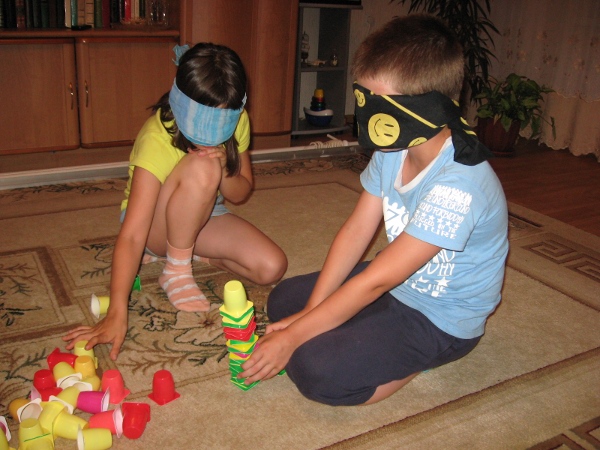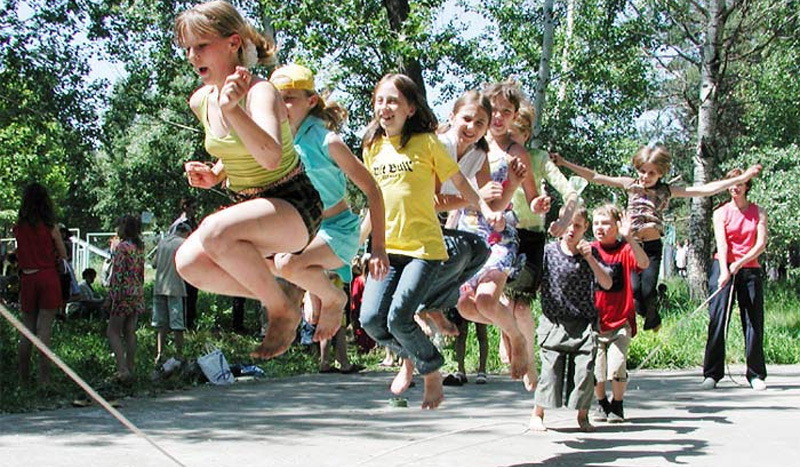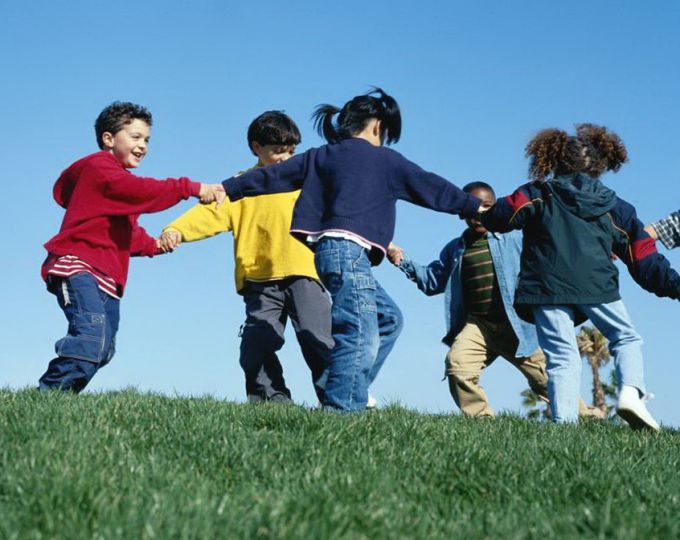This question was asked by many child psychologists. As game animals (and young, and adults) model their "serious" behavior: kitten catches paper on the rope, bite the puppies and the human children can be called a rehearsal for all those things which are coming to them in the future. What are the main types of games that mimic adult activity, can be seen in the children's behaviour?
For children aged one to three years, perhaps the main interest in the game, manipulating toys, research. Rattle, machine on wheels, Teddy bear, doll for him not only a means of entertainment and fun. Toy for kid, first of all, the object of study. The child discovers the world; the same he will do in the future, growing up and becoming an adult. New toy is thoroughly inspected, the feeling; the children often, even trying its taste. Then they open the functional properties of toys: a rattle to rattle, car – roll, bears to squeeze and sleep with him, doll – rocking and put to bed. Often the child goes further in his thirst for knowledge: breaking the toy to see what she has inside.

Isn't the process of mastering a toy for a child is very similar to the research process in General, so inherent in man? First, study the external properties of an object; then what can I do with it, what to adapt. Of course, the subject matter, good-for-nothing, will not be used by the person; and a child will quickly grow cold to the toy does not meet his needs: if it is impossible to run, to make it sounds somehow to imitate the behavior of adults; in a word – play. And even breaking a toy model of the research of human behavior had a question on the causal relationships of objects and phenomena.
Therefore, the preference which the child at an early age gives the toys, is no accident. It was then formed his cognitive skills, by which man became reasonable. From infants, all the interests which are to feed a baby, learning activities with toys, becomes a researcher, actively cognizing the surrounding world.
The child grows, the contact with other children, interact with them. In the period from 5 to 6 years at the forefront are the other functions of the game – social. Tag, tag, hide and seek, hide and seek – all of these cooperative games, the children not only give an outlet for his energy, but also learn the qualities that are necessary for human existence in society, for joint and purposeful activities of a group of people.
In these games, clearly assigned role: select "driving" to seek, to catch, to catch up with other participants. Elections are held in the children's understanding, honestly: with the counting. Strictly observed the ritual: if the member for any reason it is necessary to leave the game, he shouts: "Churiki!". Offered to play hide and seek, tag and other games has the right to immediately say, "not water!". Seen in "Juhani", violating the rules is subjected to censure. So are formed the rules of public activities: the willingness to obey the rules; the recognition of exceptions to the rule in some cases, but always with the observance of necessary formalities; the justice and equity of participants in the game.
So, game of children for each age group their own, increasingly complex, is an important, if not the main factor of preparing the child for adult life and normal functioning in society.

